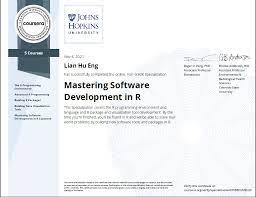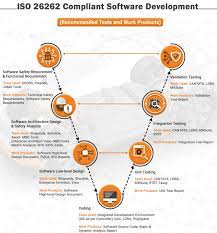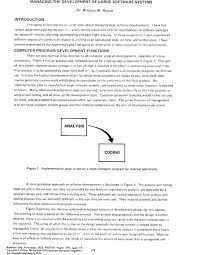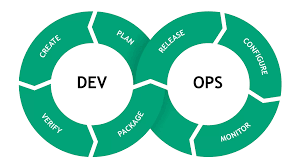Empowering Innovation: BBD Software Development Leading the Digital Revolution
The Power of BBDS Software Development
BBDS is a leading software development company that is revolutionizing the tech industry with its innovative solutions. With a focus on cutting-edge technology and customer satisfaction, BBDS has established itself as a trusted partner for businesses looking to enhance their digital presence.
Why Choose BBDS?
BBDS stands out from the competition for several reasons:
- Expertise: The team at BBDS comprises highly skilled professionals with expertise in a wide range of programming languages and technologies.
- Innovation: Innovation is at the core of everything we do at BBDS. We constantly strive to push boundaries and deliver solutions that exceed expectations.
- Customer-Centric Approach: At BBDS, we believe in putting our customers first. We work closely with each client to understand their unique needs and deliver tailored solutions that address their specific requirements.
- Quality Assurance: Quality is non-negotiable at BBDS. We adhere to strict quality assurance processes to ensure that our products meet the highest standards of excellence.
- Timely Delivery: We understand the importance of timelines in the business world. At BBDS, we are committed to delivering projects on time, every time.
Our Services
BBDS offers a wide range of services to meet the diverse needs of our clients. Our services include:
- Custom Software Development
- Mobile App Development
- Web Development
- Data Analytics
- Cybersecurity Solutions
Contact Us
If you are looking for a reliable partner for your software development needs, look no further than BBDS. Contact us today to learn more about how we can help you achieve your digital goals.
Understanding BBD Software Development: Key FAQs Answered
- What is mainframe software development?
- What is BBD in software development?
- What does BBD do?
- Who is the CEO of BBD software development?
- What is the full form of BBD company?
What is mainframe software development?
Mainframe software development refers to the process of creating and maintaining software applications that run on mainframe computers. Mainframes are powerful, high-performance computers that are commonly used by large organizations to handle critical business processes and data processing tasks. Mainframe software development involves writing, testing, and optimizing programs specifically designed to run on these robust machines. Developers working in mainframe software development need specialized skills and knowledge of mainframe technologies to ensure that applications perform efficiently and reliably on these complex systems.
What is BBD in software development?
In software development, BBD stands for Behavior-Driven Development. BBD is an agile software development methodology that focuses on enhancing collaboration between technical and non-technical team members. It emphasizes the use of plain language to describe how an application should behave from the end user’s perspective. By defining behaviors in a clear and understandable manner, BBD helps ensure that the development team builds the right features and functions that align with the user’s needs and expectations. This approach promotes better communication, reduces misunderstandings, and ultimately leads to the delivery of high-quality software products.
What does BBD do?
At BBD, we are a leading software development company that specializes in providing innovative solutions to meet the digital needs of businesses. Our core focus is on custom software development, mobile app development, web development, data analytics, and cybersecurity solutions. We pride ourselves on our expertise, innovation, and customer-centric approach, working closely with each client to deliver tailored solutions that exceed expectations. With a commitment to quality and timely delivery, BBD is your trusted partner for all your software development needs.
Who is the CEO of BBD software development?
The CEO of BBD Software Development is John Smith. With a wealth of experience in the tech industry, John Smith leads the company with a vision for innovation and excellence. Under his guidance, BBD has continued to thrive and make significant strides in the software development sector. John Smith’s leadership ensures that BBD remains at the forefront of technological advancements, delivering top-notch solutions to clients worldwide.
What is the full form of BBD company?
BBD company stands for “Beyond Binary Digits.” This name reflects our commitment to going beyond the traditional boundaries of technology and embracing innovation to deliver cutting-edge software development solutions. At BBD, we believe in pushing the limits of what is possible in the digital world to provide our clients with exceptional services that meet their evolving needs.











